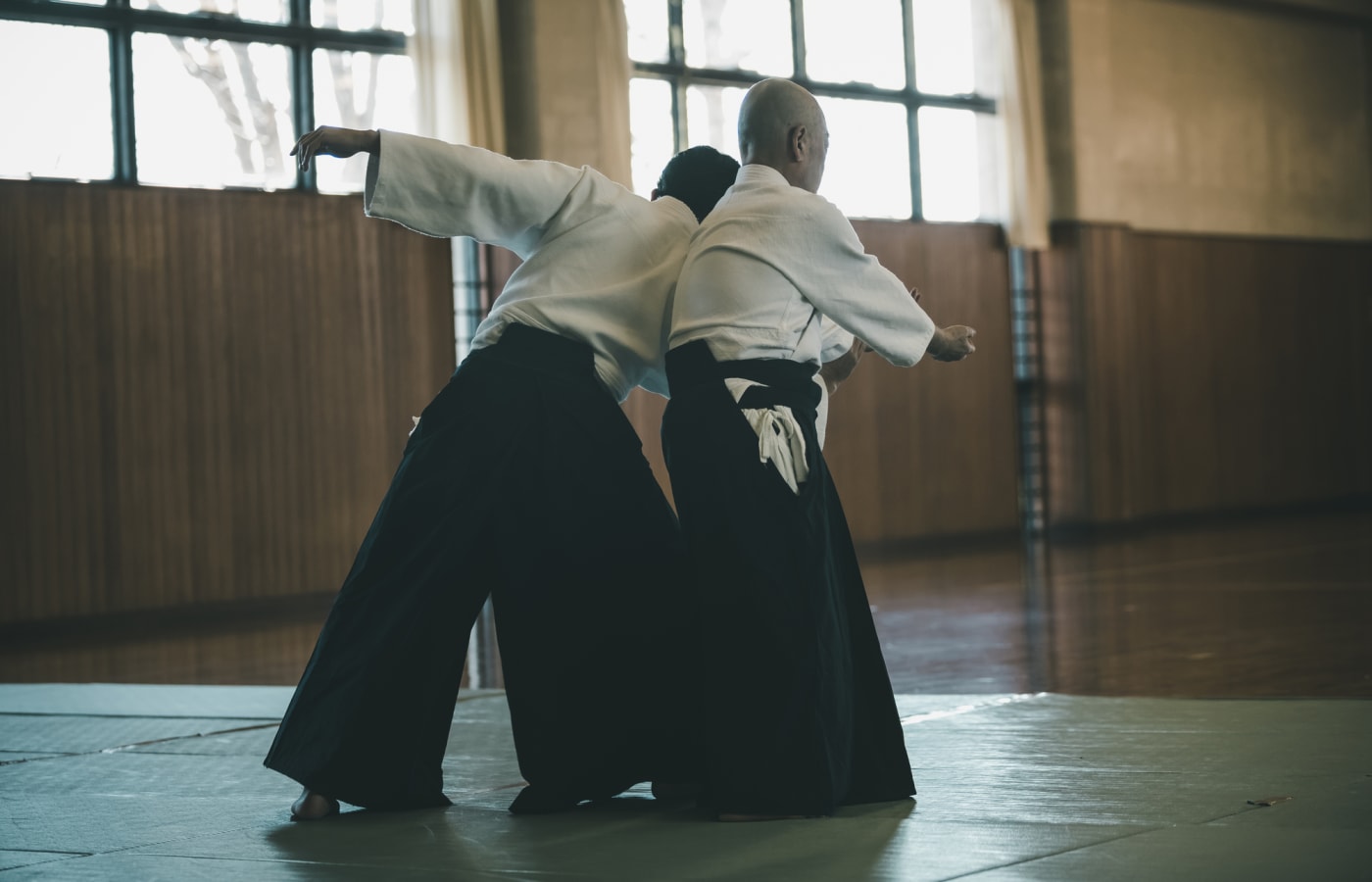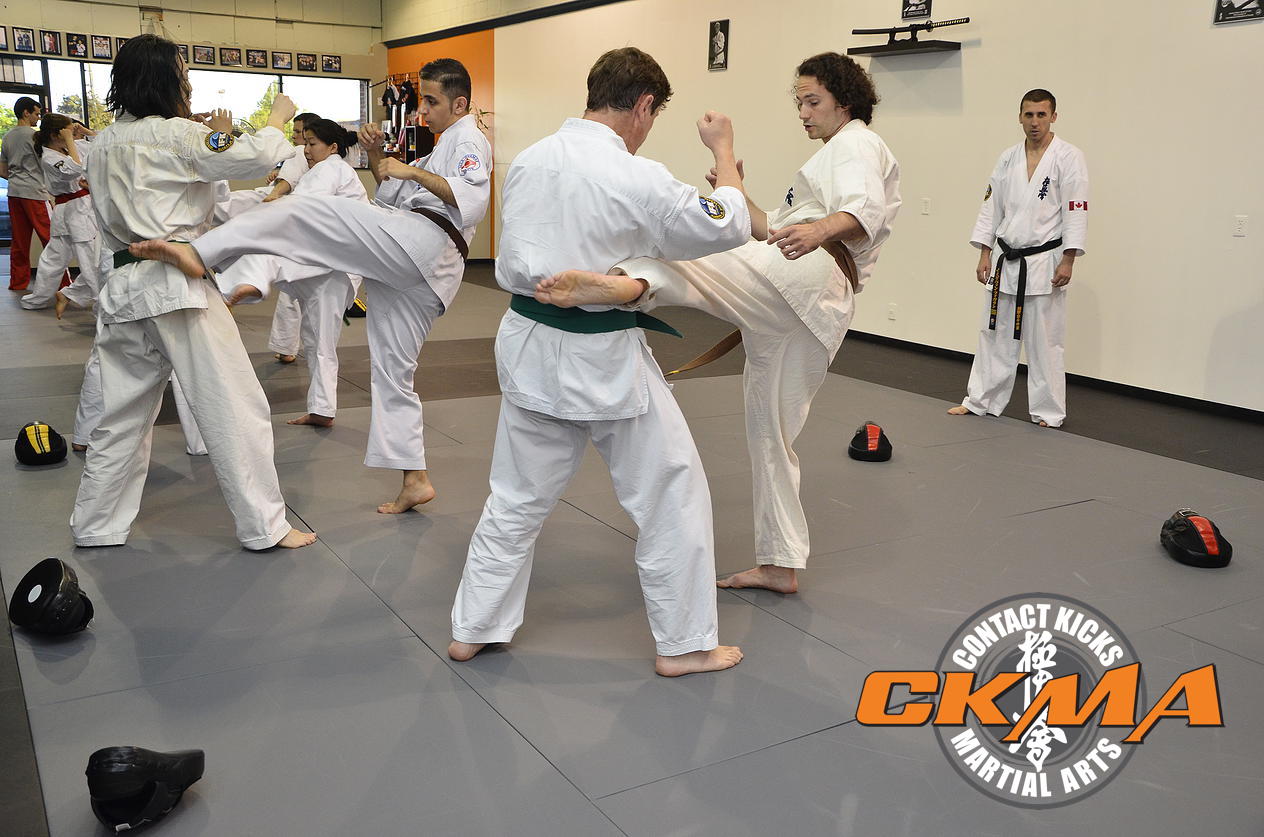
There are many different kinds of concealed carry knife available. They are efficient and easy to use. There are many options for blade designs that will suit your needs. The overall layout of the knife is also designed to be easy to carry and conceal. You must be familiar with your state's laws before you can carry any type of knife.
Laws that restrict concealed carry of knives
State laws regarding concealed carry knives differ from one state to the next. In some cases, the law applies only to those on federal property or who are traveling across state boundaries. Concealed carry is not permitted in some states. New York's knife laws are extremely restrictive.
However, not all states prohibit pocketknives. Nevada, for instance, prohibits knives to anyone with felonies, restraining or ex-offenders. New Jersey also has certain rules for knife ownership, while the states of Oregon and Utah also ban knives for felons. Additionally, Wisconsin and Wyoming don't allow carry knives for some people based on their criminal history or mental state.

Types of concealed carry knife
There are many concealed carry knives. Each knife has a different purpose and benefits. Some knives are intended for self-defense while others are used for combat. There are even knives for everyday use. It is important to check the legal status of your state before you purchase a knife. The knife's blade length and type should meet the laws of your jurisdiction.
Certain knives are not allowed. Some states, like Michigan, have specific laws regarding the carrying of knives. Some knives, like hunting knives, can be carried while others are strictly prohibited. Some knives cannot be carried on the streets. A dirk and stiletto are prohibited if you try to carry a knife on the streets of New York City. Other types, such as ballistic knives and non-folding knife with double edges, are also forbidden.
Legality of concealed carry knives in various states
Knowing the legalities of each state's pocketknives is essential if you want to conceal carry a knife in the United States. In some states, knives are considered dangerous weapons and can lead to criminal prosecution. However, this rule has some exceptions. Wyoming does not consider knives less than three inches dangerous weapons. Furthermore, in the state of Washington, pocketknives can be carried openly. But, this could lead to an unpleasant situation that could land you in serious trouble.
Tennessee's knife laws have been confusing and complex in the past. But they have become much more permissive in recent years. Tennessee has no laws that prohibit the transport or ownership of pocketknives. Tennessee is among the most permissive states in terms of blade laws, even though you must still know the laws in each individual state.

Techniques to conceal a knife
Carrying a knife for self-defense requires careful thought and planning. It also requires commitment to training and decision-making. The right technique depends on the situation. You may prefer to carry the knife horizontally, or vertically. To horizontally carry the knife, you need to place the handle in front of you.
It is best to verify the regulations and permit requirements for concealed carry if you are in an area that allows concealed carry. Fixed-blade EDCs should not exceed three inches in length. You can conceal your EDCs with pocket knives and swiss-army knives, as well.
FAQ
Where can I buy a stun gun?
There are many places where you can purchase stun guns.
You can shop online at Amazon.com or eBay.
You can also visit brick and mortar stores such sporting goods stores, hardware shops, etc.
How much does a stun gun cost?
A stun gun ranges in price from $20-$100, depending on the model.
Two batteries are standard on most models. The batteries are good for around three months.
How much does it cost for a self defense course?
There are many selfdefense courses. The price varies depending on where you live and whether you attend in person or online.
Some schools charge only $50 per month, while others can charge up to $200.
Check out your local community centers if you're looking to save money. These centers often offer self-defense lessons for free.
Do stun guns hurt people?
But it's not. A stun gun works by shooting a small amount of current into the skin.
This does not cause permanent damage.
What does a stungun do to an attacker
The stun gun uses electricity in order to incapacitate the victim. The stun gun causes muscle contractions that stop them moving. They are unable to fight back.
Stun guns work best when applied to the neck or head.
The most common use of a stungun is to shoot at the victim's body parts until they become unconscious.
To scare attackers, stun guns can also emit high-pitched noises. These stun guns are known as TASERs.
How do beginners do self-defense?
It's not only for those who have been trained by professionals to defend themselves. It is also important to be able defend yourself alone. To protect yourself against an attack, you should know the basics.
You can start by practicing simple movements such as punching, kicking, and kneeing. Next, move on to advanced moves such as grappling and joint lock.
It's always a good idea to practice the same things you will encounter in real life. To learn how to kick someone you need to practice on something soft, such as a pillow.
So you don't get hurt while practicing. Don't hit anything too hard or you might damage something.
What are some quick self-defense moves you can do?
Self-defense techniques can include kicks and punches as well as elbows, knees, knees and headbutts. These techniques may include grappling, such as wrestling or judo, and jujitsu.
Self-defense techniques can be used for protection against an attacker who wants to hurt you.
They can also be used to defend themselves against another person being attacked.
However, there are many ways to perform self-defense techniques. So choose the one that suits you best.
Statistics
- Kung Fu alone has 400 unique martial art styles – and whilst you likely won't be able to find a school for each form, many other martial arts are completely different altogether. (budodragon.com)
- Most likely, you'll get tapped out by 90% of the people in your first 3-5 months. (mmaclan.com)
- Saying this, Self defense 101 would be the importance of situational awareness, which can never be replaced by the finest of martial arts, because it is this that would help you to avoid any likely attacks in the first place. (worldofselfdefense.com)
- The Rape, Abuse & Incest National Network reports that 70 percent of sexual violence cases aren't committed by random strangers in a dark alley but by people we know: friends, family, partners, co-workers, etc. (healthline.com)
External Links
How To
How to use Kubotans as self-defense
Kubotan refers to small sticks used as weapons in Okinawan martial artists masters. They were originally made from bamboo but have been replaced by metal and plastic.
They measure approximately 5cm in length and 2cm in width.
The Kubotan can be used to strike at the eyes, nose, or mouth of an opponent. It is also effective against other body parts such as elbows and knees.
Kubotan are popular among women because they are lightweight and easy to conceal when not in use.
You must be able to use the Kubotan correctly.
Before you can hit the right spots, practice with the Kubotan.
These steps will show you how to use the Kubotan for self-defense.
-
Face the attacker
-
The Kubotan should be held between your index and thumb.
-
Hold the Kubotan in your right hand.
-
The Kubotan should be lowered towards the attacker's face.
-
On the nose, eye, or area of the mouth, strike the attacker.
-
You should be able to see the impact of the Kubotan as it strikes the target.
-
Continue to swing the Kubotan till you hear a "thwack".
-
Lower the Kubotan then take a step back.
-
For those who want to fight on, you can repeat steps 1-7.